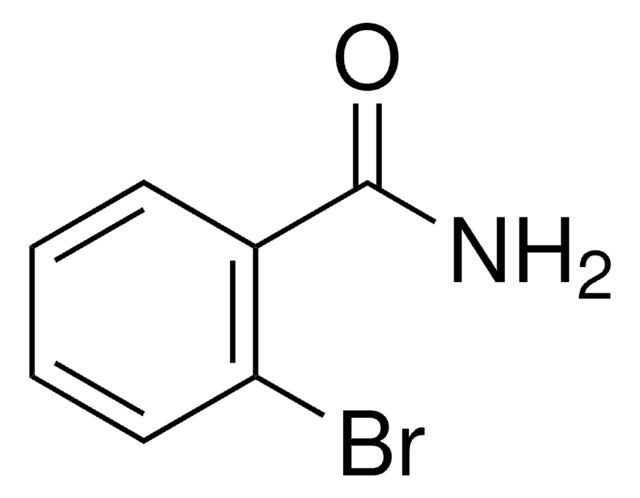266086
Copper
powder, <425 μm, 99.5% trace metals basis
Synonyme(s) :
Cu
About This Item
Produits recommandés
Pureté
99.5% trace metals basis
Forme
powder
Pertinence de la réaction
core: copper
reagent type: catalyst
Résistivité
1.673 μΩ-cm, 20°C
Taille des particules
<425 μm
Point d'ébullition
2567 °C (lit.)
Pf
1083.4 °C (lit.)
Densité
8.94 g/mL at 25 °C (lit.)
Chaîne SMILES
[Cu]
InChI
1S/Cu
Clé InChI
RYGMFSIKBFXOCR-UHFFFAOYSA-N
Application
Mention d'avertissement
Danger
Mentions de danger
Conseils de prudence
Classification des risques
Aquatic Acute 1 - Aquatic Chronic 1 - Flam. Sol. 1
Code de la classe de stockage
4.1B - Flammable solid hazardous materials
Classe de danger pour l'eau (WGK)
WGK 2
Point d'éclair (°F)
Not applicable
Point d'éclair (°C)
Not applicable
Équipement de protection individuelle
Eyeshields, Gloves, type P3 (EN 143) respirator cartridges
Certificats d'analyse (COA)
Recherchez un Certificats d'analyse (COA) en saisissant le numéro de lot du produit. Les numéros de lot figurent sur l'étiquette du produit après les mots "Lot" ou "Batch".
Déjà en possession de ce produit ?
Retrouvez la documentation relative aux produits que vous avez récemment achetés dans la Bibliothèque de documents.
Les clients ont également consulté
Notre équipe de scientifiques dispose d'une expérience dans tous les secteurs de la recherche, notamment en sciences de la vie, science des matériaux, synthèse chimique, chromatographie, analyse et dans de nombreux autres domaines..
Contacter notre Service technique




